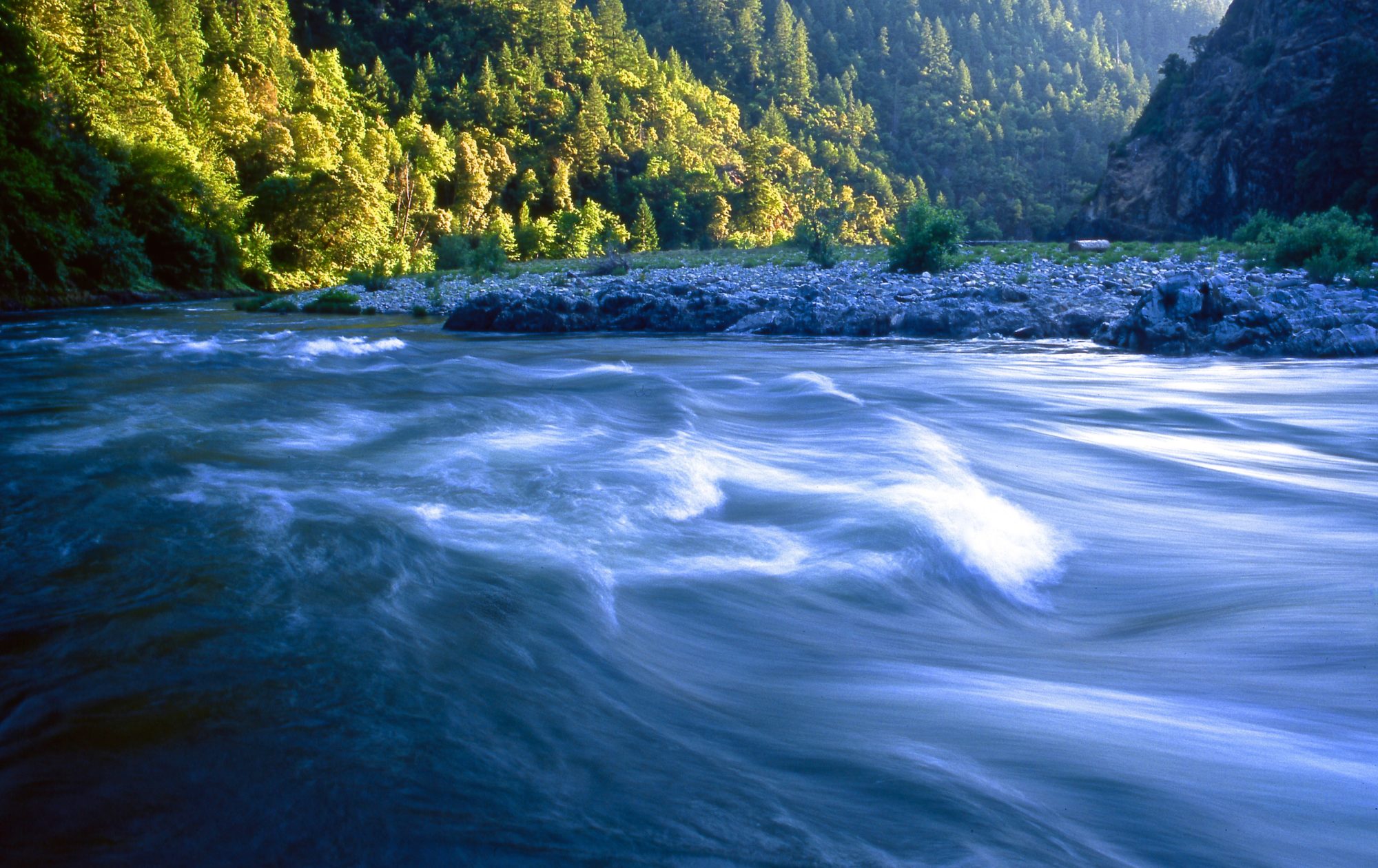
Our marbled murrelet survey project started in 2017 to continue monitoring for murrelet use of Elk River old growth trees for nesting. Our surveyors are professionally trained and certified to survey for murrelets and recognize their nesting behaviors. Murrelets are amazing little seabirds, who live and forage in the ocean but fly inland to the forest in the summer to nest in mossy old growth branches. They are stealthy, crepuscular, and can fly up to 90 miles per hour as they travel from the sea to their forest nest each day to take turns incubating the egg – and later, feed their chick. Marbled murrelets are a threatened species as the majority of their historic nesting habitat has been degraded, primarily through industrial logging. As our area holds so much precious habitat, we are making sure we that we do our part in protecting our local murrelet habitat.

What is it like to survey for murrelets? Surveyors wake up in the early morning hours, and hike through the forest in the dark to their station – a small opening in the canopy nearby to trees with nice big branches that a murrelet could use for a nest. The survey begins 45 minutes before sunrise, and surveyors scan the sky constantly to look for the tiny black body zooming through the sky. While they watch, they listen to the sounds of the forest waking up, making note of every bird call and waiting for the high-pitched keer! of the marbled murrelet.
As part of this project we strive to involve local community in murrelet conservation in the Elk River by hosting our annual marbled murrelet field trip and survey day! The event is two-fold: first a presentation on murrelets and their connection to the history of conservation in Elk River, followed by a citizen science survey at Panther Creek. 2022 marked the 33rd year of murrelet monitoring at this location. This project allows us to ensure protection of murrelet habitat and simultaneously spread the appreciation of the Elk River watershed as a unique area of intact murrelet habitat to be protected and treasured.

